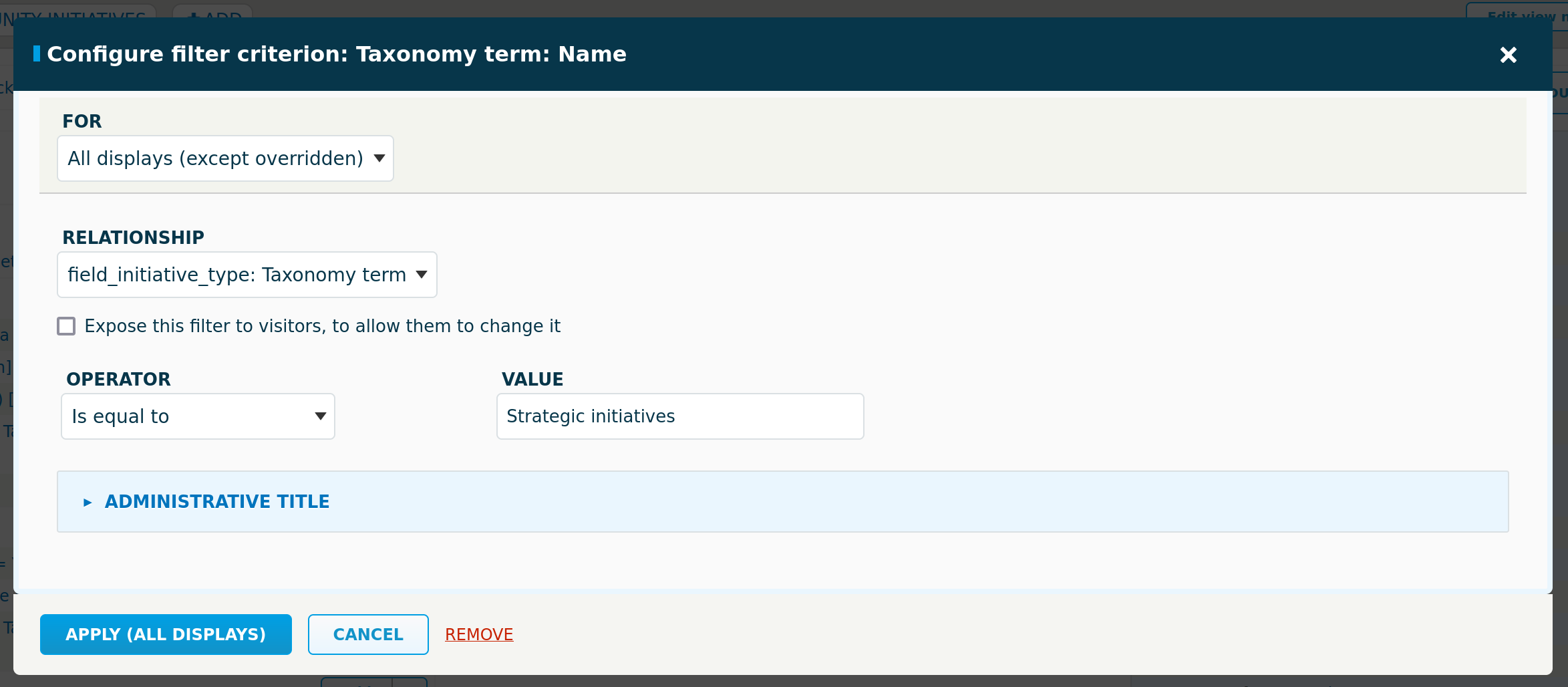
When we updated our Drupal sites to Drupal 11 and also upgraded the DataLayer module to its latest version (2.1.0), we encountered an issue where all DataLayer variables passed to Google Analytics via Google Tag Manager were showing as undefined or not set. Further debugging revealed that this issue arises because the initialization of the DataLayer variables has been moved to the footer of the page and now uses a lazy build approach. Consequently, tags that trigger on the Pageview event in GTM might not have access to these variables, leading to incomplete or missing data in your analytics.










